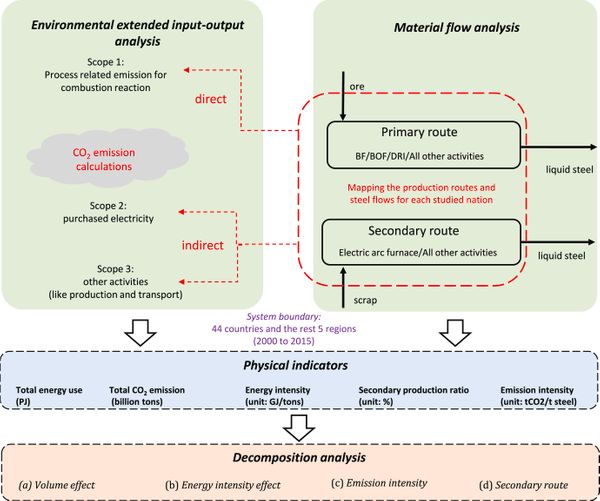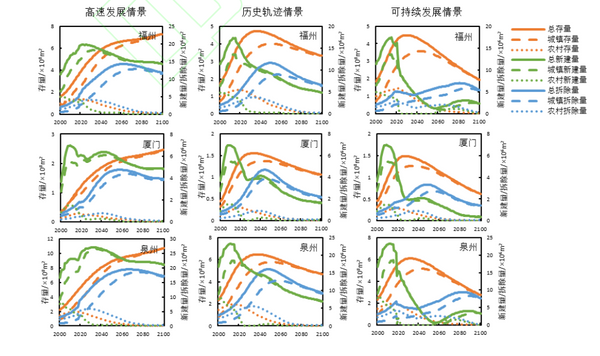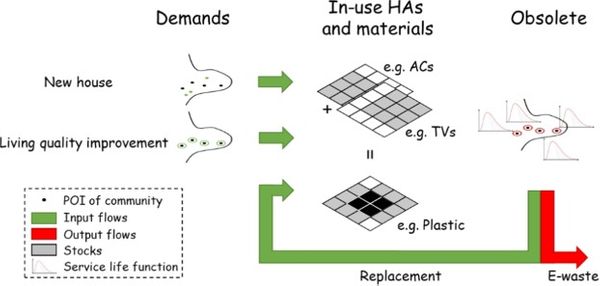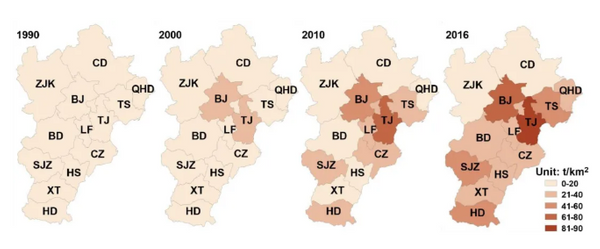by Weize Song, Can Wang, Weiqiang Chen, Xiaoling Zhang, Haoran Li, Jin Li
https://doi.org/10.1016/j.resconrec.2020.104880
Abstract
Air quality has proven to be closely related to economic levels. China is a vast country with substantial economic level and air quality disparities among cities. Consequently, policy-makers face challenges in implementing regional collaborative governances. Here, we use the bivariate local indicator of spatial association (LISA) statistic to reveal the spatial heterogeneous relationship between local per capita GDP and nearby air quality, especially fine particulate matter (PM2.5). This study was conducted in 256 prefecture-level cities for the year 2015. The results show that 20, 28, 30, 28, and 187 cities were identified as the HpcgdpHpm2.5, LpcgdpLpm2.5, LpcgdpHpm2.5, HpcgdpLpm2.5, and ‘not significant’ typologies, respectively. Furthermore, LpgdpHpm2.5 cities are mainly located in the northern China, whereas HpcgdpLpm2.5 cities are mainly distributed in the Guangdong provinces. The underlying causes may be attributed to the differences in economic structures. We found that LpgdpHpm2.5 cities has approximate 60% more coal-fired power plants, 2.3 times iron and steel plants than those of HpgdpLpm2.5 cities, whereas the latter attracted 5.1 times as much investment capitals from foreign, Hong Kong, Macao and Taiwan as the former. This indicates the industries of HpgdpLpm2.5 cities have higher technology levels and lower emission intensities. Thus, policy makers should accelerate economic transformation, especially in Shandong, Hebei, and Henan provinces. Overall, our findings suggest that not only bivariate LISA statistic is a simple and useful approach to distinguish city typologies, but also provide the evidences for those cities responsible for air quality of adjacent cities.
Keywords
Bivariate local indicator of spatial association (LISA); Per Capita GDP; Nearby air quality; Cty typologies







